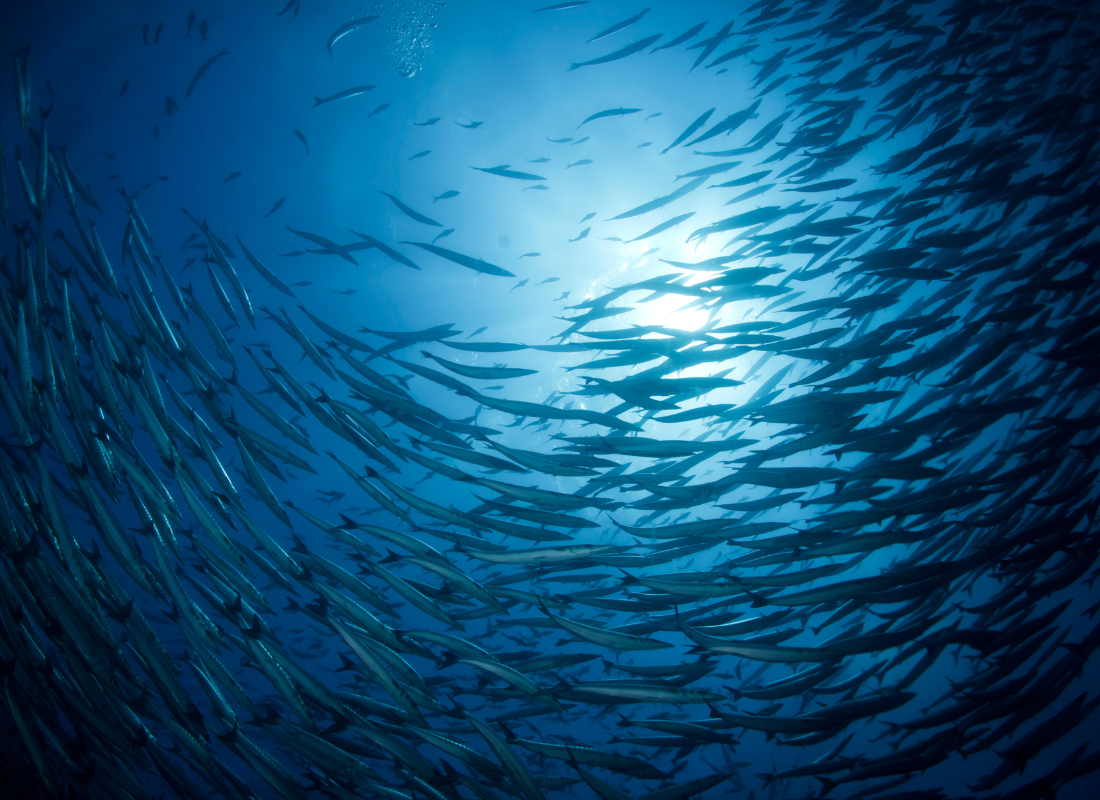
The vast expanse of the world’s oceans, often considered as a realm of serene quietude, is increasingly facing a growing threat: noise pollution.
Human activities, ranging from shipping and industrial operations to naval exercises and even offshore energy exploration, contribute to an acoustic cacophony that disrupts the underwater environment.
This article delves into the intricate world of marine acoustics, exploring the sources, impacts, and potential mitigations of noise pollution in the deep blue.
The Symphony of the Seas, understanding Marine Acoustics
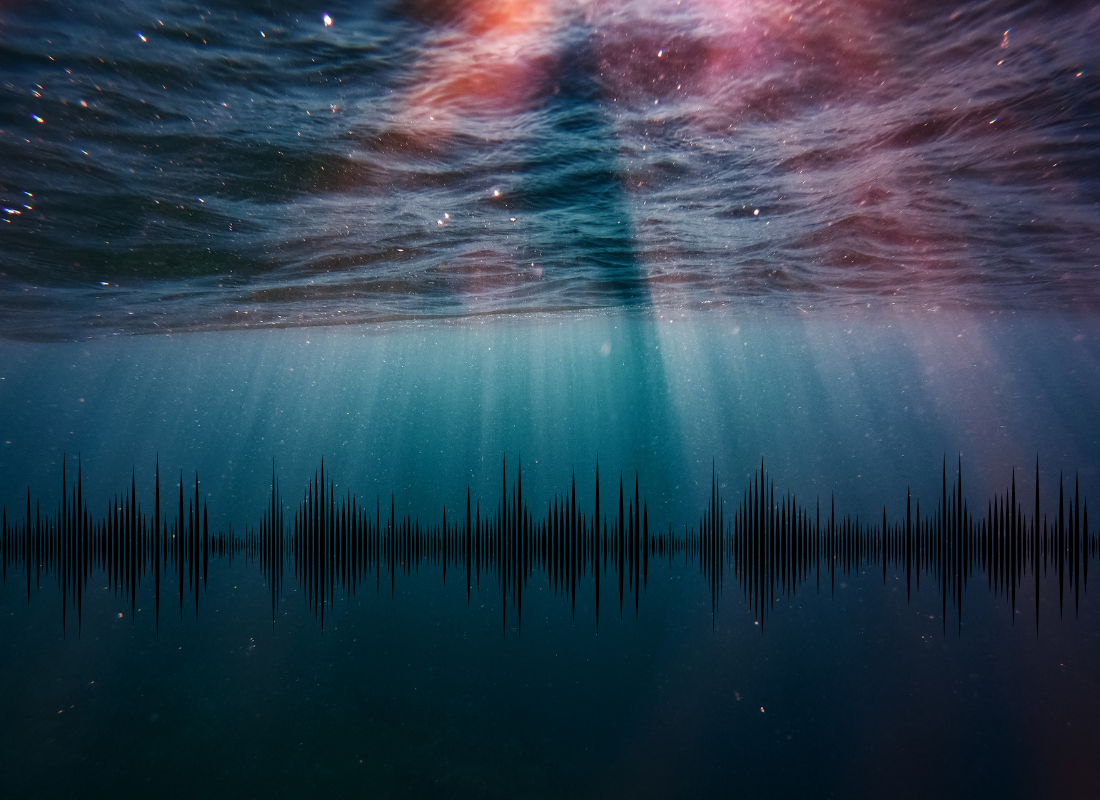 Beneath the waves, marine life engages in a mesmerizing symphony orchestrated by the subtle nuances of sound.
Beneath the waves, marine life engages in a mesmerizing symphony orchestrated by the subtle nuances of sound.
This aquatic symphony is not a mere background noise but an intricate language that shapes the behaviors and interactions of diverse marine species. Whales contribute enchanting songs that traverse vast distances, serving as both courtship displays and territorial declarations. Dolphins, with their playful acrobatics, employ echolocation clicks as a sophisticated form of communication, aiding in navigation and hunting.
Beyond these charismatic megafauna, a myriad of marine creatures, from the snapping shrimp to fish choruses, join the unseen choir, each sound holding a purpose in the intricate dance of underwater life.
This symphony is the underwater world’s language, influencing social structures, courtship rituals, and survival strategies.
Human Activities as Sonic Disruptors
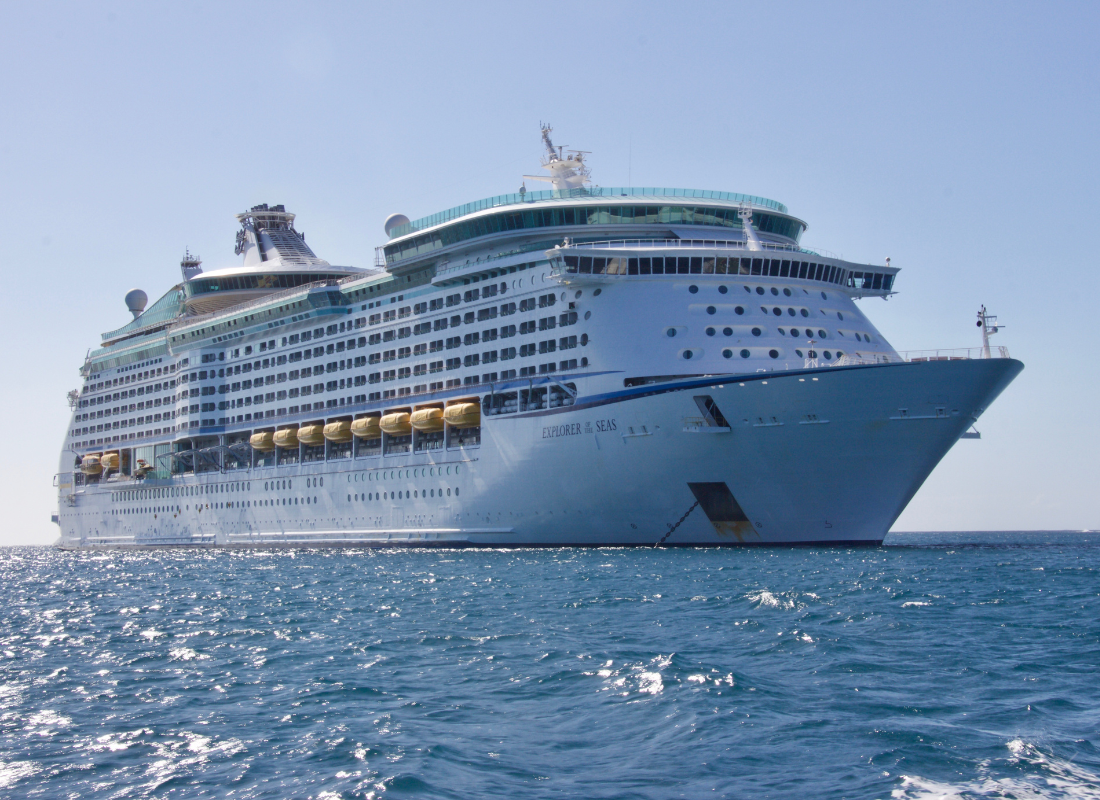 The once serene oceans now bear the unintended consequences of human expansion, as underwater noise infiltrates their depths.
The once serene oceans now bear the unintended consequences of human expansion, as underwater noise infiltrates their depths.
From expansive shipping lanes to resource-seeking ventures beneath the ocean floor, the resulting cacophony disrupts the natural soundscape. The constant hum of ship engines and industrial clamor create an acoustic intrusion with far-reaching consequences for marine ecosystems.
This invasion of noise, a byproduct of our maritime and industrial activities, imposes an unfamiliar auditory burden on marine life. From interfering with the melodic songs of whales to disrupting the echolocation clicks of dolphins, human-induced noise pollution emerges as an unintentional disruptor of the vital acoustic symphony that has shaped marine life for centuries.
The Impact on Marine Mammals: A Disrupted Communication Channel
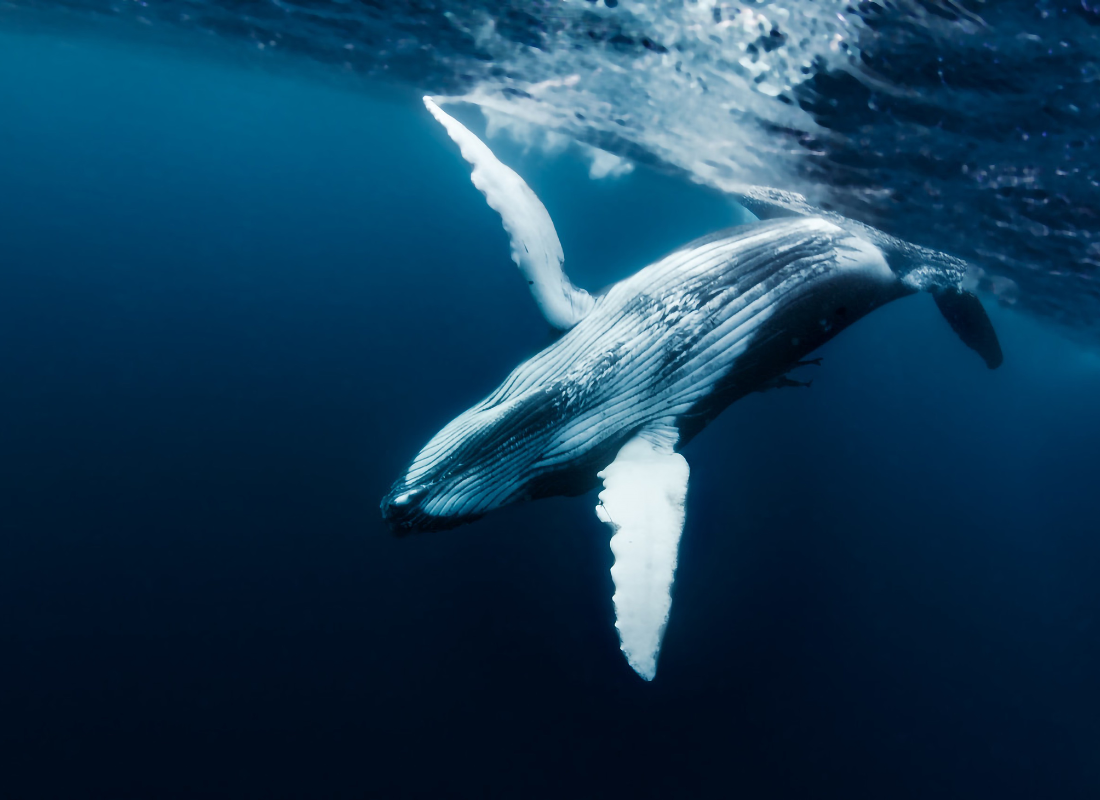 For marine mammals, sound serves as their fundamental mode of communication and echolocation. Human-generated noise increasingly disrupts these intricate channels.
For marine mammals, sound serves as their fundamental mode of communication and echolocation. Human-generated noise increasingly disrupts these intricate channels.
Whales, celebrated for their intricate songs spanning vast distances, experience their melodic communications drowned by the overpowering hum of ships. This disruption impedes their ability to mate, navigate, and jeopardizes the intricate social structures of these intelligent beings.
As the symphony of the seas becomes masked, the consequences extend beyond individual whales, posing a serious threat to the very essence of their communication-dependent existence and the delicate balance of marine ecosystems.
The Silent Predators: The Impact on Cetacean Hunting
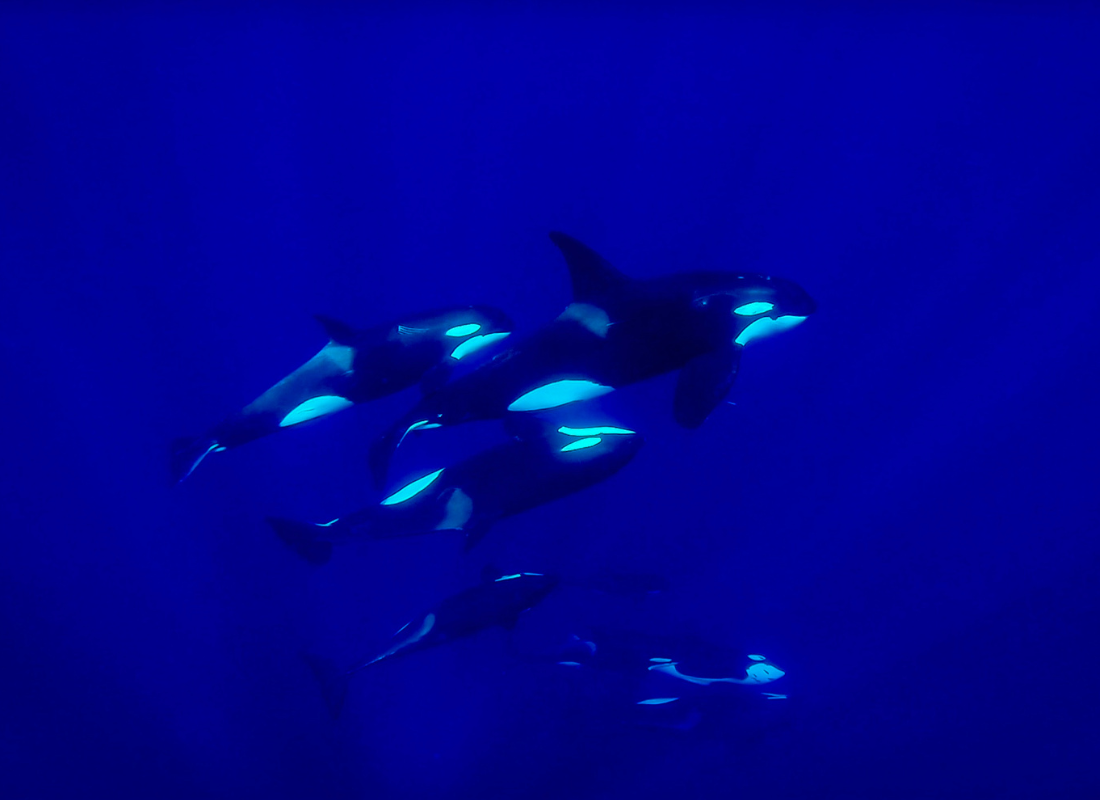 Orcas, the ocean’s apex predators, navigate and hunt with remarkable precision using echolocation.
Orcas, the ocean’s apex predators, navigate and hunt with remarkable precision using echolocation.
However, human-induced noise disrupts this intricate skill, creating a cacophony that interferes with their hunting strategies. The consequences extend beyond orca populations, reverberating throughout the marine food web.
As the balance between predator and prey falters, the delicate equilibrium of marine ecosystems faces a profound threat. The disruption of cetacean hunting not only jeopardizes individual species but also poses a cascading risk to the intricate web of life beneath the waves.
Navigational Challenges for Marine Life
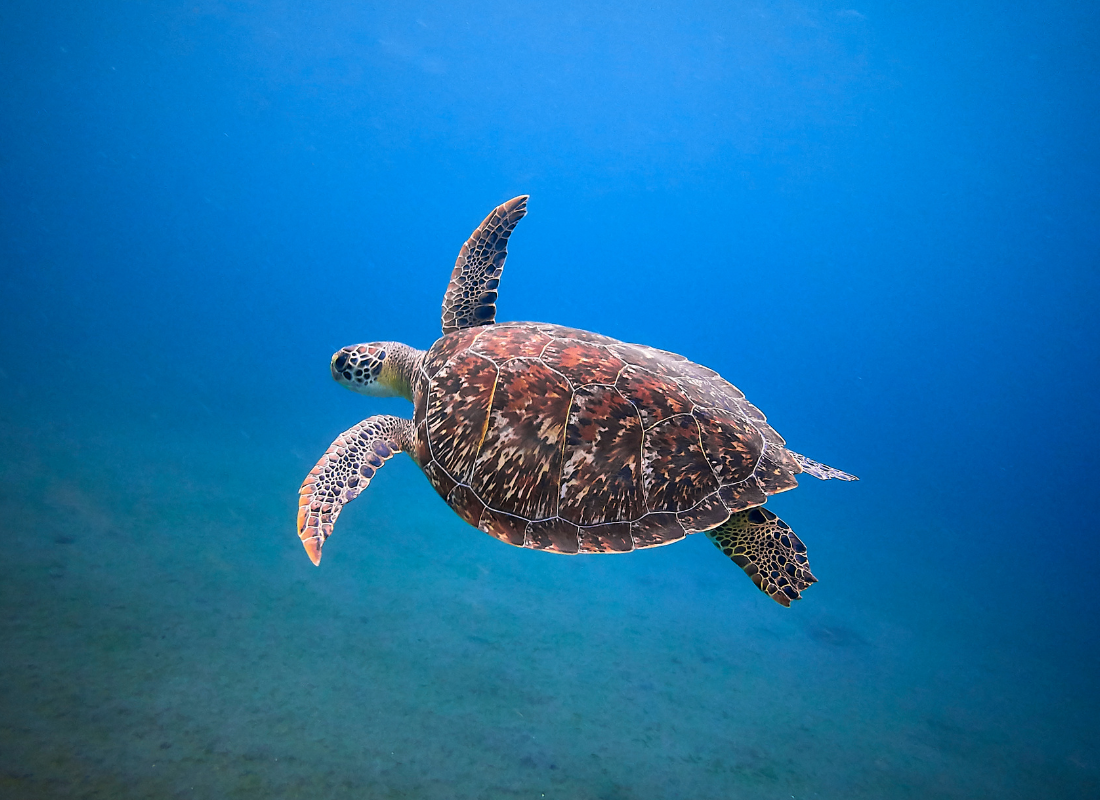 The symphony of the underwater world, once a reliable navigational guide for marine life, is now distorted by human-induced noise pollution.
The symphony of the underwater world, once a reliable navigational guide for marine life, is now distorted by human-induced noise pollution.
Ancient travelers like sea turtles, reliant on the acoustic cues of the ocean, encounter increasing challenges. The disorientation caused by this auditory interference leads to misguided paths, stranding events, and a potential threat to their survival.
As the natural soundscape becomes a discordant backdrop, urgent conservation efforts are needed to preserve the fundamental navigational instincts crucial for the well-being of marine life.
Mitigation Strategies and Conservation Efforts: A Quieter Future for the Oceans
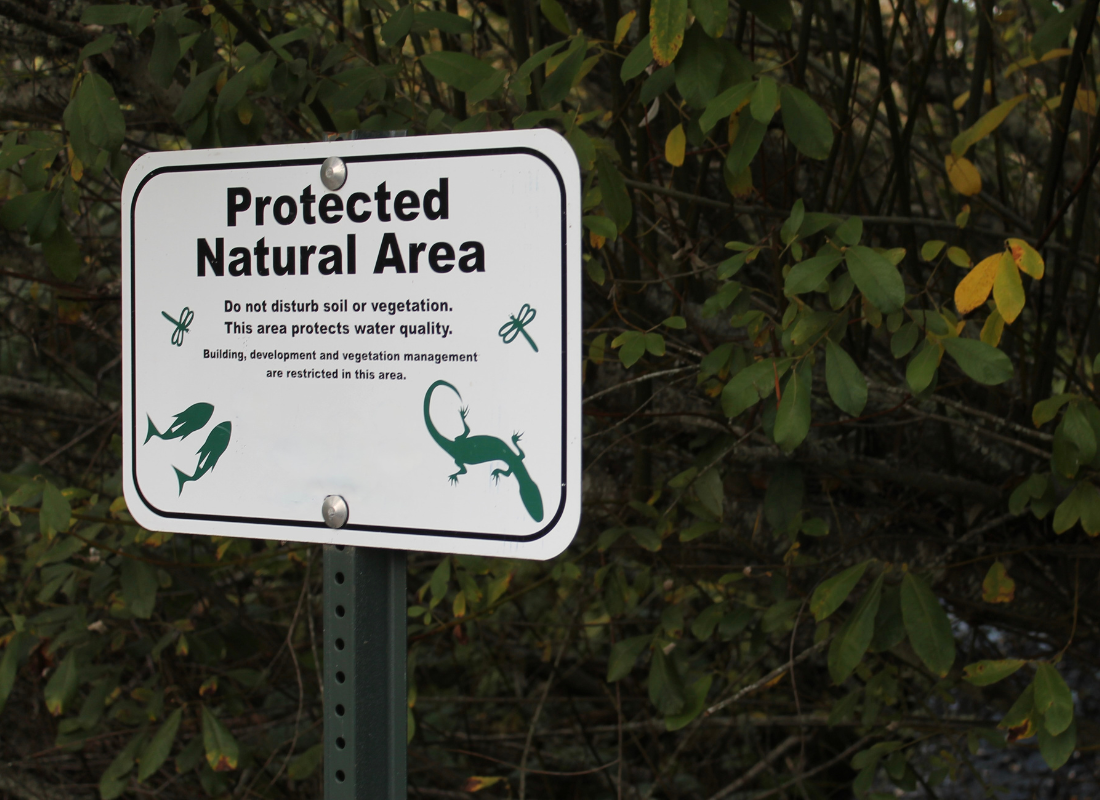 Recognizing the detrimental effects of noise pollution, efforts are underway to mitigate its impact.
Recognizing the detrimental effects of noise pollution, efforts are underway to mitigate its impact.
Innovations in ship design, such as quieter propellers and hull designs, aim to reduce the noise generated by maritime traffic. Implementing regulations to control vessel speed in sensitive areas can also limit noise pollution.
Additionally, advancements in technology allow for the development of quieter machinery for industrial and offshore activities.Designating marine protected areas (MPAs) can serve as a crucial strategy for preserving the acoustic sanctity of certain regions. By limiting human activities within these areas, marine life can find refuge in quieter environments.
These protected zones not only provide safe havens for diverse ecosystems but also contribute to scientific research on the long-term effects of noise pollution.
In conclusion
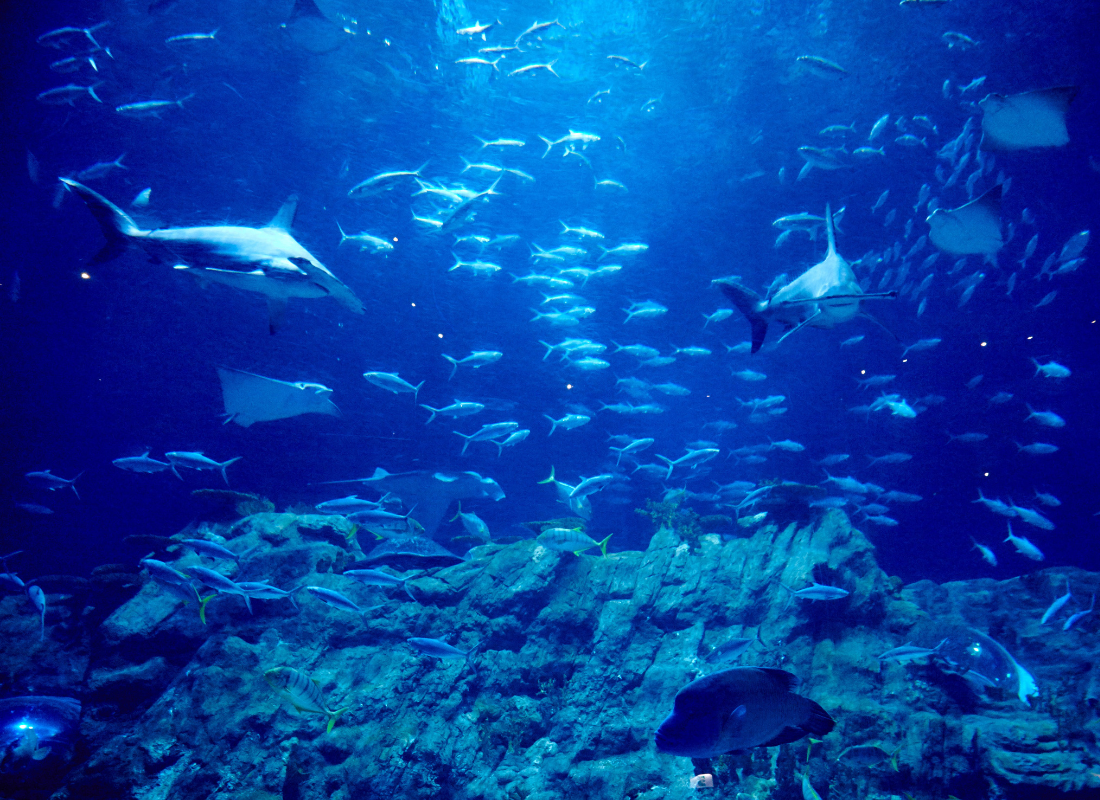 The issue of noise pollution in the oceans is a nuanced challenge that requires multifaceted solutions.
The issue of noise pollution in the oceans is a nuanced challenge that requires multifaceted solutions.
Preserving marine acoustics is not just a matter of ecological concern; it is a commitment to maintaining the health and vitality of the oceans that sustain life on Earth.
As we navigate the seas of progress, let our course be guided by a deep respect for the intricate symphony that defines the profound beauty of the world beneath the waves.




